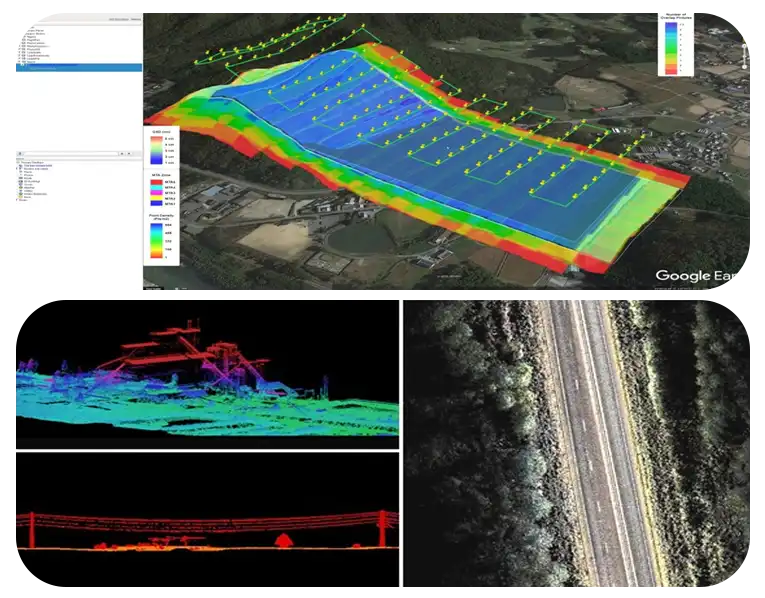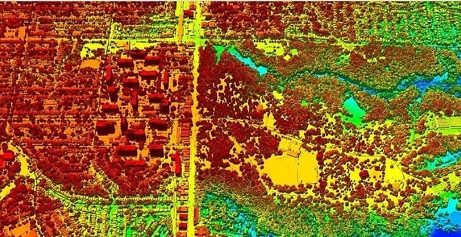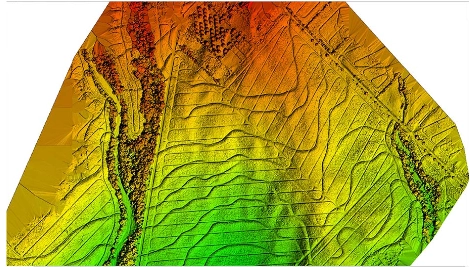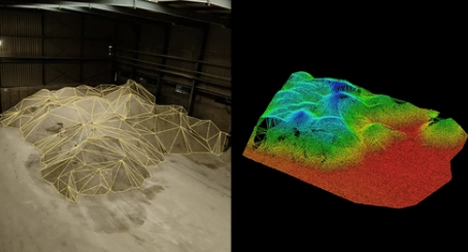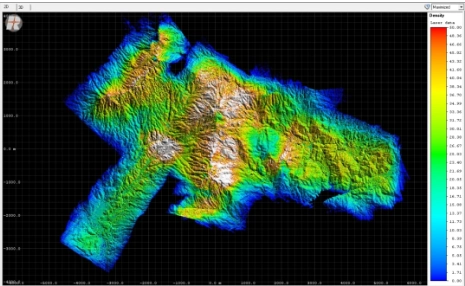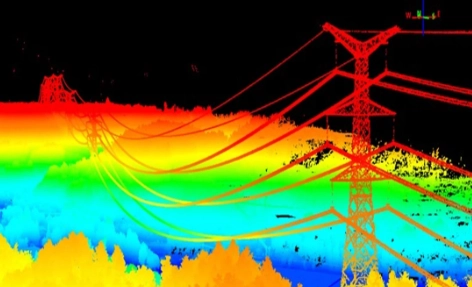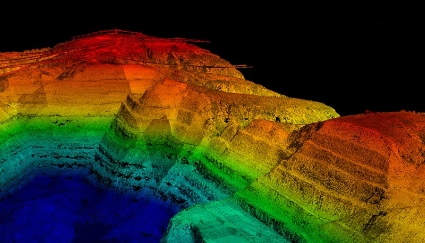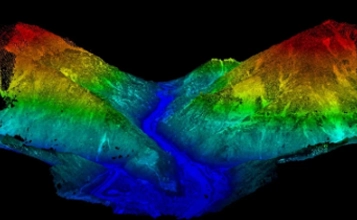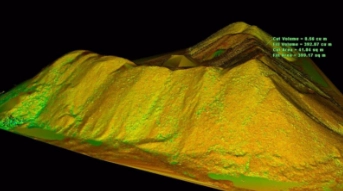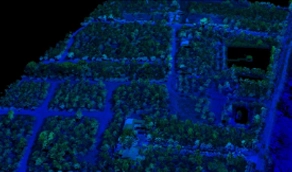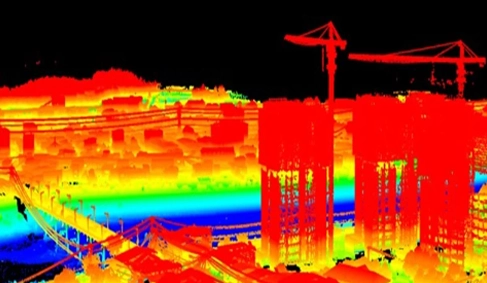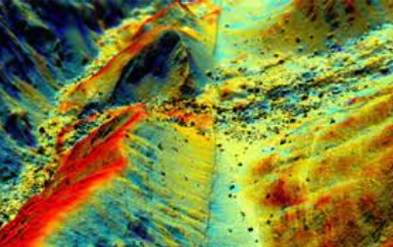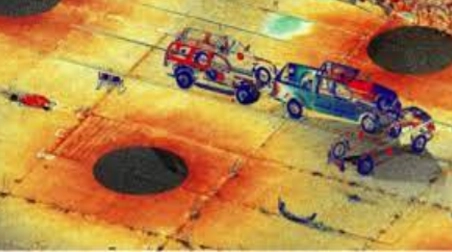Data collection
To collect data, LiDAR uses a specialized sensor that emits pulses of light and measures the time it takes for these signals to bounce back, allowing it to create incredibly detailed 3D maps of land and terrain with pinpoint accuracy.
We utilise state-of-the-art LiDAR sensors mounted on our advanced drones to capture precise 3D data of the survey area. LiDAR technology enables us to collect data points with high accuracy and density, capturing detailed information about terrain elevation, vegetation, buildings, and other features.
Customised Survey Planning
Our team works closely with clients to understand their project requirements and objectives. We design customised survey plans tailored to each project, considering factors such as area coverage, point density, and resolution to ensure optimal data quality and relevance.
Efficient Data Acquisition
Our experienced drone pilots execute the survey missions following carefully planned flight paths. We leverage the flexibility and manoeuvrability of drones to access remote or challenging terrain, maximising data coverage while minimising operational costs and risks.
Data Processing
After data capture, we process the raw LiDAR data using specialised software to generate detailed point clouds. Our team applies sophisticated algorithms to clean, filter, and classify the point cloud data, enhancing its accuracy and usability for various applications.
